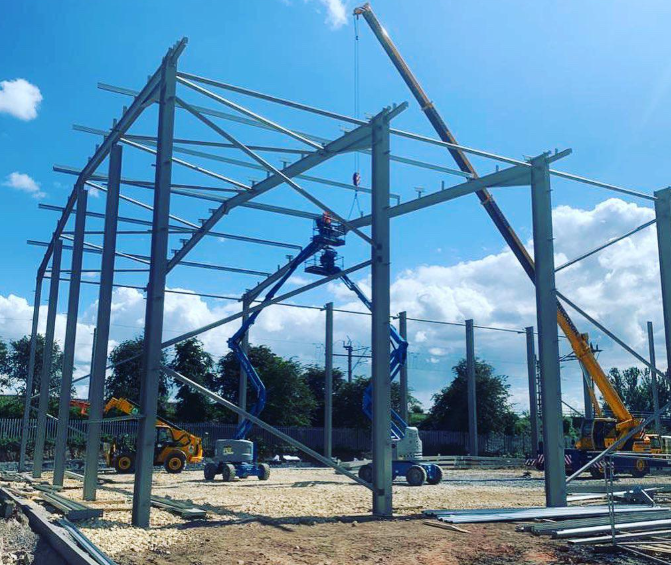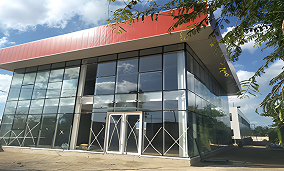Characteristics of Steel Structure Buildings

1. High Strength, Lightweight
Steel boasts high strength and elastic modulus. Compared to concrete and timber, steel has a lower density-to-strength ratio, enabling steel structures to feature smaller cross-sections, reduced weight, and easier transportation/installation. This makes them ideal for large-span, tall, and heavy-load structures.
2. Superior Toughness and Reliability
Steel excels in resisting impact and dynamic loads, offering exceptional seismic performance. Its homogeneous, nearly isotropic internal structure ensures real-world behavior aligns closely with theoretical calculations, enhancing structural reliability.
3. High Mechanization
Steel components are easily manufactured in factories and assembled on-site. Factory-based mechanized production ensures precision, efficiency, and rapid assembly, significantly shortening project timelines. Steel structures represent one of the most industrialized building systems.
4. Excellent Sealing Performance
As welded structures, steel systems achieve complete airtightness and watertightness, making them suitable for high-pressure containers, large oil tanks, and pressure pipelines.

5. Heat Resistance but Non-Fireproof
Steel properties remain stable below 150°C, allowing use in high-temperature environments (e.g., industrial workshops). However, surfaces exposed to ~150°C radiation require thermal insulation.
Between 300–400°C, steel’s strength and elastic modulus drop significantly, approaching zero at 600°C. Structures requiring fire resistance must use fireproof coatings or materials to meet safety standards.
6. Susceptibility to Corrosion
Steel is prone to rust in humid or corrosive environments. Regular maintenance—such as anti-corrosion coatings, galvanization, or painting—is essential. Marine structures demand additional corrosion-resistant measures (e.g., specialized alloys or cathodic protection).
7. Eco-Friendliness
Demolishing steel structures generates minimal waste, and steel is fully recyclable, aligning with sustainable construction practices.
This concise yet comprehensive format highlights technical specifics while maintaining readability for both industry professionals and general audiences.



